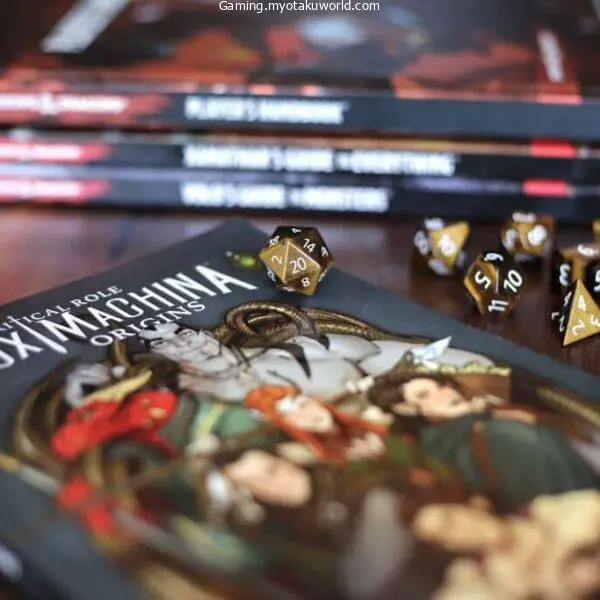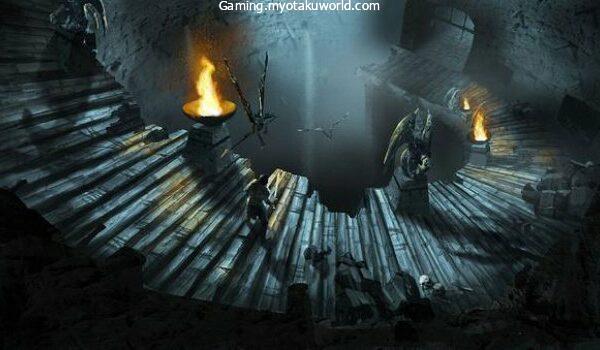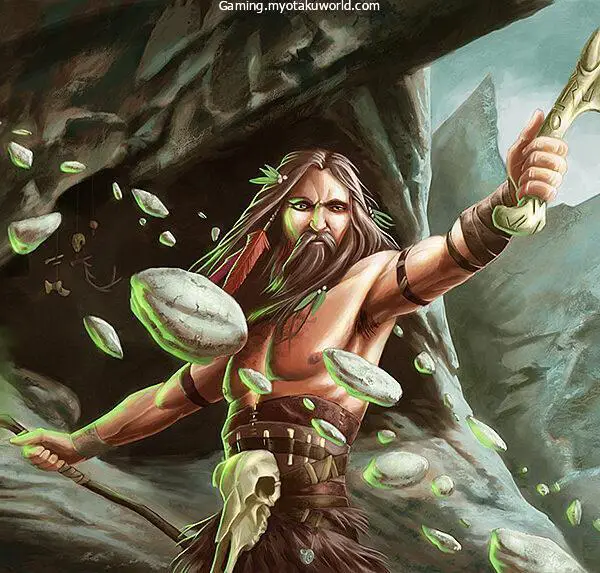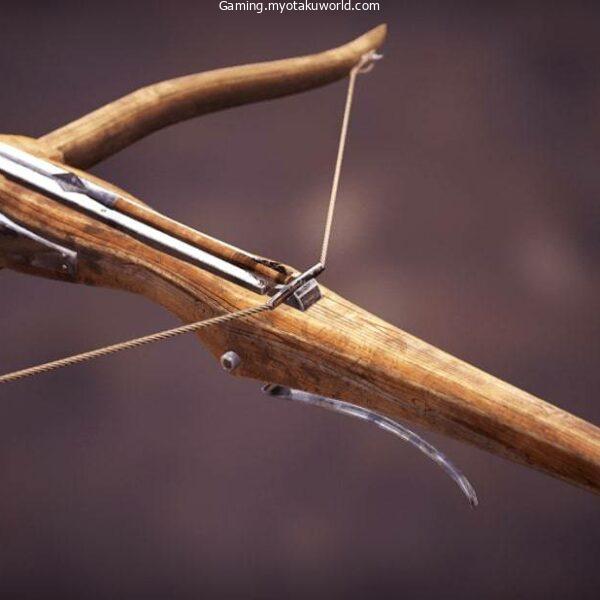When it comes to adventure in Faerun, there’s a lot that may go wrong. Your adventurers will be worn out after a long day of exploring, battling evil, or simply meandering about a settlement.
Two options are available if that happens: they can either go to bed or take a nap. Taking a Long and a Short Break
What does a short rest entail, and how much time does it take? Your event’s success depends on it.
Why not try to get some shut-eye instead? We’ve put together a Short Rest 5e Guide to help you learn more about this DnD feature.
What is a Short Rest?
According to the Player’s Handbook: “A Short Rest is a period of downtime, at least one hour long,” during which a character does nothing more taxing than eat and drink and read.

After a Short Rest, a character can expend one or more Hit Dice, up to the character’s maximum number of Hit Dice, equal to the character’s level.
So it’s like taking a one-hour break from the dangers of adventuring, where characters can rest and recuperate.
Even though you can only take one rest a day, short rests are extremely prevalent in most games.
The ability to spend a hit die to heal wounds, eat, and rest is a nice addition to the game.
After a few minutes of rest, certain of the party’s abilities can be brought back to full strength.
Every time you read an ability, such as Fighters’ “Second Wind,” you’ll be taught what it does. Even after a second rest, some magical artifacts can restore their abilities.
It’s also possible for some classes to recoup spell slots or other resources after a short break.
The other members of the party can spend more hit die when a bard casts Song Of Rest, a spell that only a bard is capable of learning.
As you can see, a brief nap can be really beneficial!
How Long Is A Short Rest?
Some DMs and third-party sources decrease the hour-long rest period drastically, while official sources do.
There are varying lengths of time for a brief rest, from 10 minutes to 45 minutes, depending on who is doing it and how much time they have available.
Short rests can last anything from a few minutes to an hour, depending on the individual.
Short rests are often compared to a day’s worth of work, while long pauses are compared to a week’s worth.
That being said, it all depends on the campaign you’re running, the characters that you’ve got, and how you’d like the rest implemented.
Most people get 8 hours of shut-eye and 1 hour of shut-eye. However, this can be changed if you choose.
When And Where Can The Party Take A Short Rest?

It’s common for the Party to take a short break at any time during the day, as long as it doesn’t interfere with other activities.
A short rest can help the party save some hit points when they are critically injured but do not wish to use up any spell slots or potions.
In order to take a short break from adventuring, the party must be in a location devoid of monsters and other dangers.
If the party is looking for a place to unwind, consider a player’s house or home base, a bar or inn, a private outdoor spot, or any other suitable location.
Taking a short rest is still possible even if the group is in a risky location like the lair of a monster or a dungeon or in the midst of combat or in an area where they haven’t adequately scouted around.
What If A Short Rest Is Interrupted?
When the world needs saving, an hour of rest is not enough, and the brief rest can be interrupted by a crisis, a monster ambush, or a quest that must be completed immediately.
Even if it hasn’t been an hour, the little rest is cut short when this occurs.
There are no hit dies available to the party during the brief rest because they can only spend hit die and heal themselves at the conclusion of it.
They may be at a significant disadvantage in battle if they are ambushed.
How Many Short Rests Can I Have A Day?
If you’re the game master, you have complete control over how frantic or serene your players’ adventurous days are.
There are several ways to structure combat encounters, such as a brief rest between two or three engagements, followed by more encounters and a long rest.
Rests aren’t as important for other DMs because they have confrontations every few real-time days or sessions. It all comes down to how you play as a DM and how your party plays as well.
Some prefer fighting and adventure, while others prefer roleplaying and traveling. You can, however, take as many short pauses as you’d like during the course of a day.
How Can Rests Be Made Interesting?

For the most part, game masters will simply allow players to refill any lost health or abilities when they declare they’re taking a short break.
It’s fine if you take a brief break at the end of a long day. Others will act out their short rest by talking, reading, eating, and deciding what to do next.
In spite of this, the resting mechanics can be bolstered in different ways in the game. To begin with, a brief rest can be tampered with.
For example, the dangers of a dungeon or dangerous environment can prevent your heroes from resting.
If necessary, they may need to take safeguards to avoid harm, and you can really take short breaks in hazardous circumstances.
Think about it this way: when the party decimates the inhabitants of one cave, there may still be more goblins in a tomb further down the dungeon.
In reality, the sounds of the fight would draw additional goblins, and they’d probably notice that six of their friends are missing. Resting here would be pointless.
Roll some perception checks for the other goblins in the other rooms if your party makes an effort to keep the battle hushed (using stealth attacks, no loud spells, emphasizing that they are trying to be silent). Hopefully, they won’t be able to hear the fighting!
To keep the goblins from attacking again, your group may elect to hide the bodies, barricade the tomb’s door, and place alarms.
As long as they go the extra mile to reduce the danger surrounding them, you can give them an hour if they need it.
Time Doesn’t Stop
You should penalize players who take a short break whenever they lose a hit point. If you want to disrupt your players’ habit of taking short rests, having time-sensitive villains and objectives in D&D 5e is a great way to do it.
For whatever reason, if they use the rest feature and take too long, the evil guy’s ritual will work and the hostage will be killed instead of stopping it.
It’s a terrific technique to keep your foot on the gas and keep the party moving in the right direction at the right moment.
What Can You Do During A Short Rest?
Consider a little break as an opportunity for a meal. One hour can easily be spent napping, eating, reading, drinking, and tending to one’s injuries.
For the most part, most DMs let you engage in other activities during your downtime. Bards, clerics, and those who work with tools may all practice their craft in a more private setting.
You might see your character working on a piece of wood or painting on an easel if they have a woodcarver or painter’s kit.
Generally speaking, most DMs will allow you to perform an action during a short rest as long as it isn’t too taxing on you physically or mentally.
Your characters could tell stories around the campfire, allowing them to relax in character and enriching everyone’s roleplaying experience.
Short Rest FAQs
Q: Should We Keep Watch During A Short Rest?
The majority of the time, though, you do not need to keep watch during a short break unless you are in a hostile situation.
It’s okay for the group to do other activities during that period if at least one character is alert or if alarms or other preventative measures have been set up.
Even if you’ve taken a long rest, you’re still vulnerable to ambushes and other unforeseen encounters, so don’t bank on it.
Bandits can follow you, monsters can smell your scent, and other dangers can investigate if you’re in a hazardous environment.
Q: What About Items That Keep Short Rests Safe?
Of course, some goods can assist in keeping your group safe while they take a little break. There are two skills that can make brief rests a breeze, along with homebrew goods.
The first is Leomund’s Tiny Hut, a third-level spell that reads as follows:
Your surroundings and above you are enveloped in a 10-foot-radius immovable dome of force that stays put for the duration.
If you leave the spell’s region, it expires. The dome can hold up to nine creatures of medium size or smaller, including you.
If a greater creature or more than nine creatures are found in the spell’s target area, the spell fails.
Objects and creatures that are inside the dome when this spell is cast are free to move about it.
Passage through it is impossible for anything else. The dome prevents spells and magical effects from extending or being cast through it.
Regardless of the weather outside, the ambiance inside the area is cozy and dry.
You have the ability to dull or completely black out the interior of the room for the duration of the spell.
The dome is completely opaque from the outside, allowing you to paint it any color you like. However, the inside is completely transparent.
Taking a brief or even a long rest is possible here because nothing can leave or enter without the caster’s consent, and it lasts for eight hours.
In the same way as ‘Rope Trick,’ another spell, accomplishes the same thing:
You touch a 60-foot-long piece of rope. The end of the rope then rises into the air, until the entire rope is hanging perpendicular to the ground.
” For as long as the spell is active, a portal to an alternate reality opens at the end of the rope. Climbing to the very top of the rope provides access to the extraterrestrial realm.
If you don’t mind a little climbing, you’ll have plenty of time to take a quick break in the extradimensional environment.
Q: Can An Interrupted Long Rest Become A Short Rest?
If your characters are about to retire for a long nap when they are suddenly awakened after only four hours, it is possible that they will only obtain the benefits of a short nap.
According to the guidelines, a short rest and a long rest are two different things. There are no advantages to a short rest, even if a long rest is interrupted.
Of course, a DM can change or eliminate these rules at any time, but for the time being, this is how the rest of the mechanic functions in the game.









